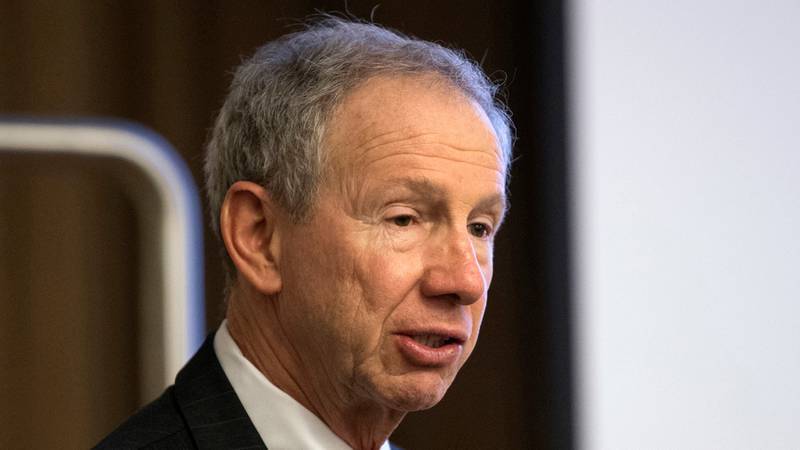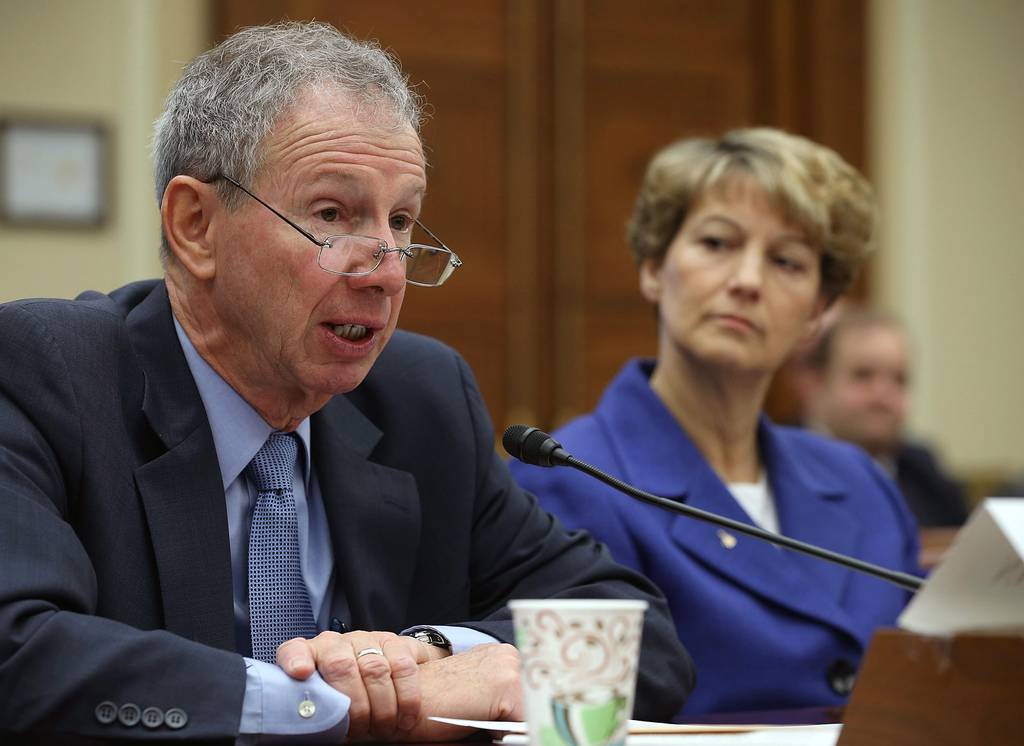The nascent Space Development Agency may not be long for this world, if experts are to be believed.
During a July 31 event at the Brookings Institute, panelists expressed doubt over the agency’s effectiveness, and perhaps more importantly, its longevity.
“Of the three major space organizational reforms that this administration proposed―Space Force, Space Command and Space Development Agency―the Space Development Agency was actually the first to stand up and to get a leader. I think it’s probably the first one to go away, quite frankly,” said Todd Harrison, director of defense budget analysis for the Center for Strategic and International Studies, a Washington-based thinktank. “I think creating a Space Development Agency off on the side just further fragments things and misaligns us,” said Harrison.
When the Pentagon established the Space Development Agency in March, leaders charged the SDA with rapidly developing capabilities for the military in space. The agency was pitched as a way to consolidate space acquisitions, but the fact that multiple entities outside of the SDA―from the National Reconnaissance Office to the Space and Missile Systems Center―are still in charge of some space acquisitions left observers confused. If the point of the SDA was consolidation, why were did so many Department of Defense entities still have a hand in space acquisitions?
For Madelyn Creedon, former principal deputy administrator of the National Nuclear Security Administration, the existence of the SDA only serves to create more confusion.
“Kudos to Mike Griffin, [the Pentagon’s under secretary of defense for research and engineering] because I think he was trying to come up with a more creative way to solve a problem," she said. “Unfortunately, I don’t think it was the right answer because it creates yet another entity that’s trying to approve space acquisitions.”
Instead, Creedon recommended a system where a single entity would be in charge of all military space acquisitions. Creedon also expressed frustration that the NRO, the agency in charge of the nation’s spy satellites, did not cede its acquisitions authority to the SDA, a sentiment her fellow panelists broadly agreed with.
“Bringing an acquisition entity into a very divided community, where NRO is going to maintain its own acquisition capacity, has big problems, right? When you talk about turf war and acquisition together, it makes a bigger problem. I don’t think that’s going to go away easily just by developing an SDA,” said Mallory Stewart, a former deputy assistant secretary at the State Department.
Another question Harrison raised: Why isn’t the SDA simply part of Space Force?
“We’re creating a whole new branch of the military to try to integrate all of our space capabilities. Why is this new organization not being put under [the Space Force]?” he asked. “That is a big question. So I have my doubts about it continuing.”
But according to Mike Griffin, the Pentagon’s under secretary of defense for research and engineering, the SDA was never supposed to be “the owner and arbiter of all things space for the national security community.”
Griffin and other SDA leaders were peppered with questions about how the SDA differentiates itself from other space-related organizations within the Department of Defense during the agency’s initial industry day July 23. Even four months after the agency was established, confusion swirled over the agency’s role and relationship to entities, such as the Missile Defense Agency, the Space and Missile Systems Center and Air Force Space Command.
RELATED

From Griffin’s perspective, the SDA oversees developing and fielding the future national defense space architecture and accelerating the development of new military space capabilities, but it is not taking over existing space programs such as the Advanced Extremely High Frequency system, the Next-Generation Overhead Persistent Infrared program, the Wideband Global SATCOM system and GPS 3. And as to why the SDA didn’t fall under Space Force, Griffin said that it likely would, if Congress chooses to establish a Space Force.
But even as Griffin expressed frustration over the repeated questions about the SDA’s role, the persistence of those questions suggests Pentagon leaders have not adequately explained themselves to the broader national security space community.
“I think that there’s always been some fundamental questions about what is its role going to be, and how is that different from the other space organizations we already have,” Harrison said.
Nathan Strout covers space, unmanned and intelligence systems for C4ISRNET.








